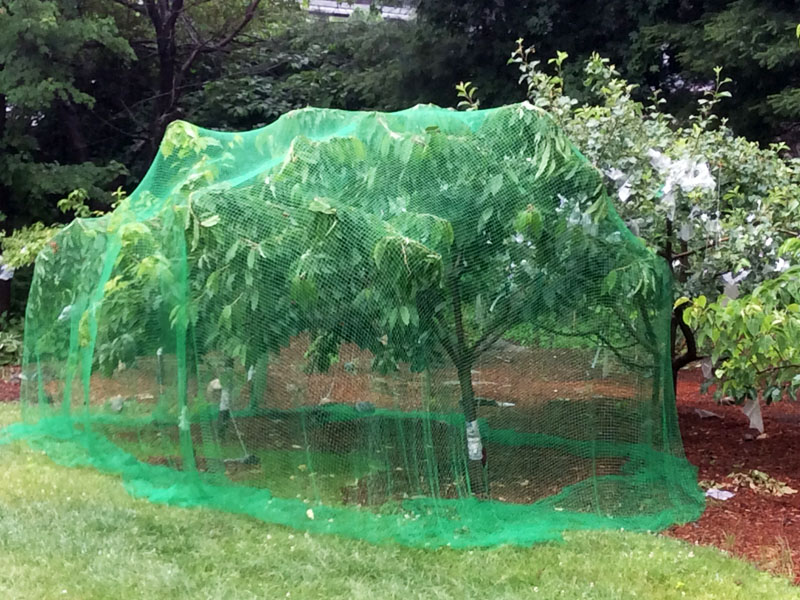In the dynamic field of sustainable arboriculture, the […]
In the dynamic field of sustainable arboriculture, the protective measures applied wield considerable influence over the well-being and longevity of trees. Amidst these measures, tree protective netting emerges as an indispensable guardian against a spectrum of environmental threats, actively participating in the cultivation of sustainable practices. This exploration intricately unravels the distinctive role that tree protective netting assumes within the context of nurturing sustainable arboriculture.
1. Safeguarding the Tender Years:
Serving as a steadfast shield during the formative stages of sapling growth, tree protective netting provides a reliable defense against potential hazards posed by wildlife, pests, and unpredictable weather conditions. How does this early protection foster the enduring health and vitality of trees throughout their maturation?
2. Fostering Biodiversity Harmony:
By curbing undue interference from wildlife, tree protective netting establishes an environment where trees can flourish in tandem with diverse plant species. What role does this play in fostering biodiversity preservation and contributing to the establishment of a harmonious ecological equilibrium?
3. Erosion Control and Soil Vigor:
Extending its role to prevent soil erosion around the tree base, tree protective netting becomes a steward of soil health. How does this influence soil vitality and what broader implications does it hold for sustainable land stewardship practices?
4. Diminishing Reliance on Pesticides:
As a resilient protective barrier, the netting significantly reduces the need for chemical interventions against pests, seamlessly aligning with the ethos of sustainable and eco-friendly arboriculture practices. How does this reduction in pesticide reliance epitomize a commitment to a more sustainable and environmentally conscious approach?
5. Elevating Reforestation Triumphs:
Within the realm of reforestation endeavors, tree protective netting emerges as an invaluable ally, heightening the odds of survival for newly planted trees. How does it contribute to the efficacy of reforestation initiatives and play a pivotal role in broader environmental restoration efforts?
6. Adapting to the Rhythms of Climate Flux:
As a stalwart defender against extreme weather conditions, tree protective netting facilitates trees' adaptation to the unpredictability of changing climates. How does this adaptive quality amplify the overall resilience of trees grappling with the ongoing shifts in climate patterns?
7. Navigating Economic Sustainability Frontiers:
Beyond its environmental impact, tree protective netting assumes a central role in ensuring the economic sustainability of arboriculture, safeguarding valuable tree assets. How do these protective measures translate into enduring economic benefits for orchards and urban green spaces?
Conclusion:
In the intricate tapestry of sustainable arboriculture, tree protective netting emerges not just as a tool but as a custodian, addressing challenges from the tender stages of tree growth to the enduring preservation of mature trees. Its multifaceted role in preserving biodiversity, supporting reforestation initiatives, mitigating soil erosion, and reducing reliance on pesticides exemplifies its integral contribution to cultivating a sustainable and resilient arboreal environment.



 WhatsApp:+8613626888261
WhatsApp:+8613626888261